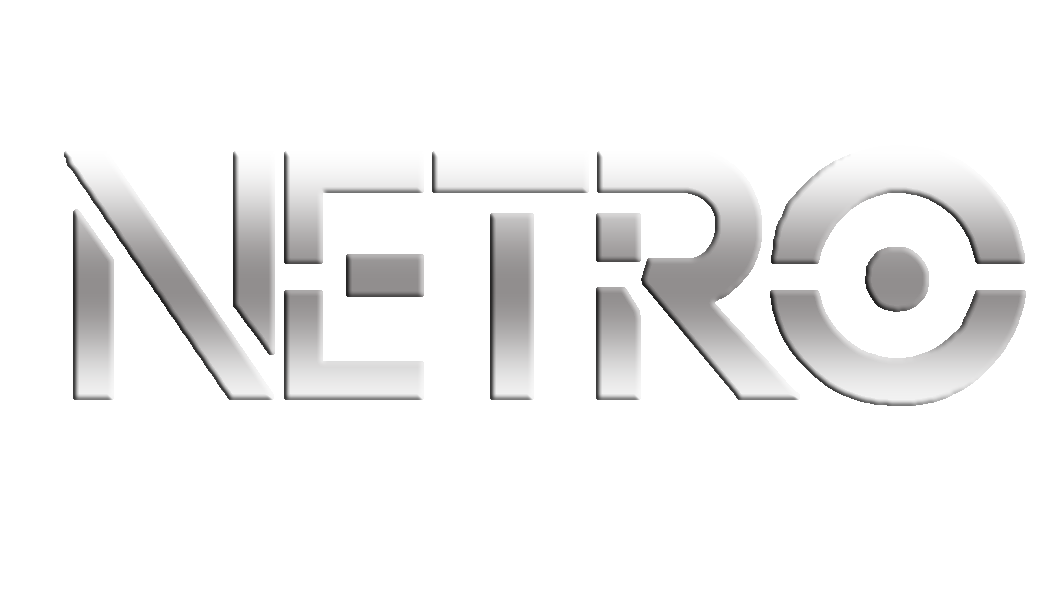We all hear about business strategy. Whether it is Coca-Cola focusing more on becoming a total beverage company to Microstrategy investing much of its treasury assets into Bitcoin, businesses both large and small constantly develop ways to connect their operations with their business goals.
Bridging this gap requires those companies to see whether they have the talent or resources to actually pursue that business strategy. That being said, some CEOs and other C-suite executives may be overlooking how they are building an organizational structure.
While they may not seem as important as other things, organizational structures play a significant role in whether those business strategies are actually executed. Whether you are a CEO or have some leadership position in your company, I think it’s important to understand the power of organizational structures as you pursue your goals.
Crafting a Business Strategy
As far as I know, any examination of business strategy requires us to look at the works from Michael Porter. Porter is one of the most renowned professors at Harvard Business School and has dedicated his professional life to the study of strategy.
According to Porter, strategy is all about the creation of a unique and valuable position that involves a certain subset of activities. Crafting a business strategy forces any sort of business to make certain decisions on trade-offs. In other words, no one business can do everything. You need to decide what activities you will prioritize when creating your product or service.
But along with this, you need to ensure that there is fit among all of the company’s activities in pursuit of that strategy. Porter describes fit as the way that a company’s work interacts with each other. When those activities mutually reinforce each other, other businesses find it tougher to compete.

Building an Organizational Structure
In my opinion, these are important considerations before you start building an organizational structure. By doing this work, you will be in a good position to determine the best organizational structure to execute that strategy.
Now, let’s talk about some of the different organizational structures that you can consider. You will want to take a close look at your business and these three structures to select the one that makes the most sense to you. I read about these three structures in Nicolay Worren’s seminal book Organizational Design.
First, there is the functional organizational structure. This organizational structure is about grouping people together based on their work or specialties. The key benefit is that grouping employees in this way can facilitate communication and facilitate decision-making.
There is then the divisional organizational structure. A divisional organizational structure separates colleagues depending on specific projects or products for the end customer. This organizational structure shines in situations where there are similar goods or services. It makes employees within that division more efficient, thereby providing more value to the end customer.
Finally, there is the matrix organizational structure. In my opinion, this is the most flexible of these three organizational structures. It is essentially a hybrid structure that contains elements from both a functional organizational structure and a divisional organizational structure. Employees are separated out based on both functionality and specific projects or products.
The matrix is a small task force team that has a diversity of expertise. These independent units can be moved from task to task, thereby creating flexibility and agility in the business. This is a key element in executing your business strategy.
An inherent quality of a matrix organization structure is that it allows for greater productivity, communication, and innovation. Employees have more autonomy, which allows great ideas to bubble to the surface. No matter the business strategy that is being pursued, a matrix organizational structure helps your team better execute that strategy. While it takes some upfront planning and works, I believe that setting up a matrix organizational structure is often a worthwhile investment.
Moving Forward and Leveraging Organizational Structures
Every day is critical in executing your business strategy. You can be certain that your competitors are not standing still. Yet while it is easy to focus on daily incremental decisions in pursuing that strategy, it is more valuable to address some of the underlying forces in your organization.
Whether you choose a matrix organizational structure or something else, make sure that your organization is structured in the way that you’d like. By being thoughtful about building an organizational structure, you will find it much easier to achieve your business goals.





